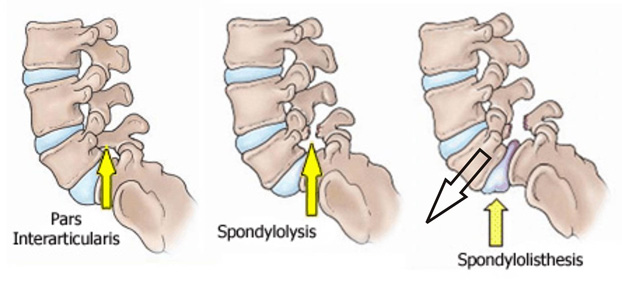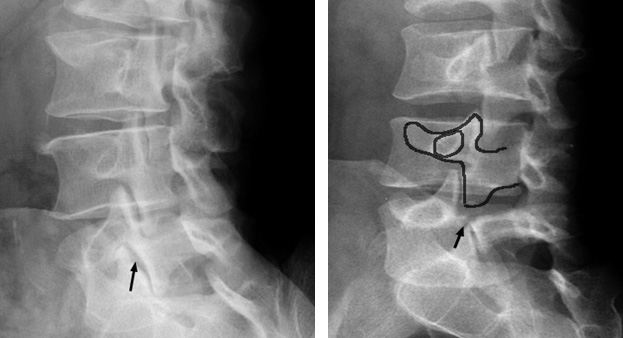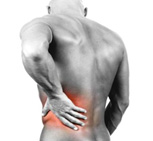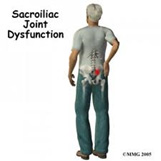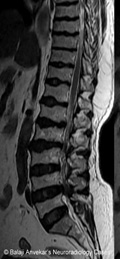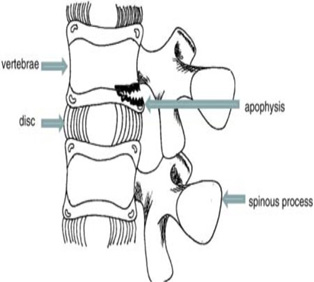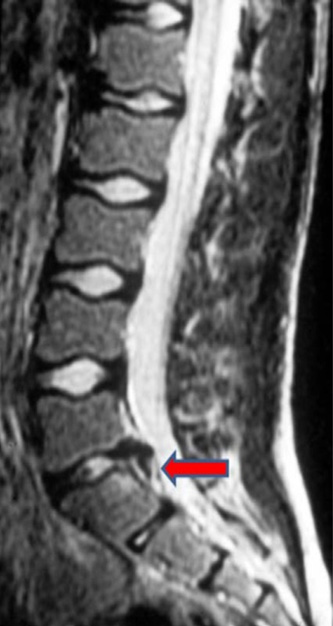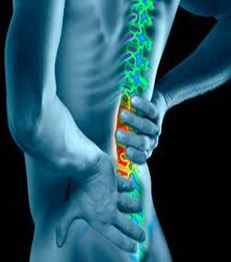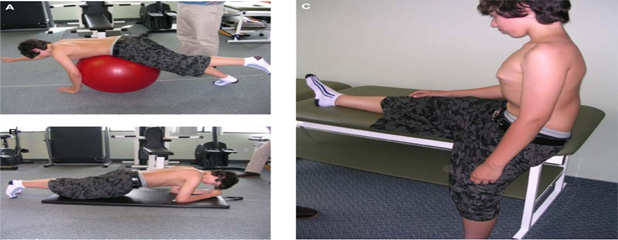Low Back Pain In Athletes
Low back pain in young athletes is a common complaint and should be taken seriously. It frequently results from a structural injury that requires a high degree of suspicion to diagnose and treat appropriately. Evidence Acquisition
A Medline search was conducted from 1996 to May 2008 using the search terms “low back pain in children” and “low back pain in athletes.” Known texts on injuries in young athletes were also reviewed. References in retrieved articles were additionally searched for relevant articles. Sources were included if they contained information regarding diagnosis and treatment of causes of low back pain in children.
Results
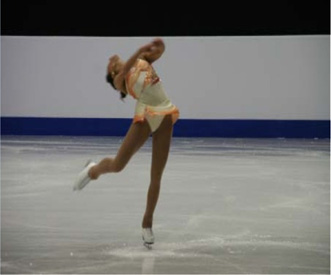
Low back pain is associated with sports involving repetitive extension, flexion, and rotation, such as gymnastics, dance, and soccer. Both acute and overuse injuries occur, although overuse injuries are more common. Young athletes who present with low back pain have a high incidence of structural injuries such as spondylolysis and other injuries to the posterior elements of the spine. Disc-related pathology is much less common. Simple muscle strains are much less likely in this population and should be a diagnosis of exclusion only.
Conclusion
Young athletes who present with low back pain are more likely to have structural injuries and therefore should be investigated fully. Muscle strain should be a diagnosis of exclusion. Treatment should address flexibility and muscle imbalances. Injuries can be prevented by recognizing and addressing risk factors. Return to sport should be a gradual process once the pain has resolved and the athlete has regained full strength.
Low back pain is estimated to occur in 10% to 15% of young athletes,2 but the prevalence may be higher in certain sports. Studies show that back pain occurs frequently in college football players (27%), artistic gymnasts (50%), and rhythmic gymnasts (86%).
Patterns of back pain in young athletes are significantly different from those in adults. Pars interarticularis injuries are more common, occurring in up to 47% of young athletes. Disc-related problems are relatively uncommon in children; only 11% of children have disc-related pathology compared with 48% of adults. Idiopathic pain is also less common in young athletes. Physicians who attribute low back pain in young athletes to simple back strains, without investigations, run the risk of delaying the diagnosis and appropriate treatment of more serious injuries, such as spondylolysis or spondylolisthesis.
Injuries to the low back occur from either an acute traumatic event or from repetitive microtrauma (overuse injury), with overuse injuries being more common. Contact sports such as football or rugby tend to produce acute injuries from high-energy impacts, whereas sports involving repetitive flexion, extension, and torsion, such as gymnastics, figure skating, and dance, result in overuse injuries . It is very important to consider other more sinister causes of back pain, such as infection, tumors, or inflammatory conditions. Physical examination of a young athlete with low back pain should include observation of the athlete’s gait and posture, noting any ataxia, antalgic gait, limp, or Trendelenburg gait. The back should be observed by having the patient wear a gown that opens in the back. From behind, the shoulders and pelvis should be level, and the bony and soft tissue structures on both sides of midline should be symmetrical. Note should be made of any abnormalities, such as hemangiomas, café-au-lait spots, hairy patches, or skin dimples that may indicate spinal pathology. Spinal abnormalities such as scoliosis, kyphosis, or excess lordosis should also be noted. From the side, there should be a gentle lumbar lordosis. To assess for scoliosis, a forward-bending test should be performed to look for a rib hump.
Observation of the back.
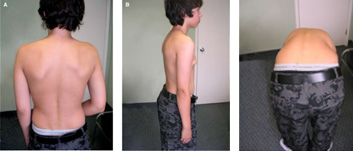
From the side, there should be a gentle lumbar lordosis.
Adams forward-bending test. The patient leans forward with the arms hanging down. The examiner stands behind the patient, observing for spinal abnormalities.
Range of motion of the spine should be assessed in flexion, extension, rotation, and lateral bending. Athletes should be able to flex forward and come close to touching their toes without bending their knees . Tight hamstrings can limit the amount of forward flexion. A single-legged hyperextension test can be performed to assess for possible injury to the posterior elements .Pain with flexion suggests injury to the anterior elements of the spine, or muscle strain/spasm. Pain with extension indicates injury to the posterior elements or sacroiliac joint.
Adolescents should be able to come close to touching their toes with forward flexion of the spine. A single-legged hyperextension test, looking for pain in the posterior elements of the spine, is performed by having the patient stand on 1 leg and extend through the spine. A positive test provokes pain on the ipsilateral side to the standing leg.
Palpation of the spine and sacroiliac joints should be performed to assess for tenderness. The soft tissues, such as the paraspinal muscles and buttocks, should also be palpated for tenderness and to assess for muscle spasm.
Special tests in the examination of the lumbar spine include a figure-4 or FABER (flexion-abduction–external rotation) test, Gaenslen sign, and straight-leg test. The FABER test and Gaenslen sign (Figure 8) assess the sacroiliac joint. The straight-leg test assesses for neural tension. With the patient supine, the examiner raises 1 leg until the patient reports severe pain in the back or buttock or the knee starts to bend. The ankle is then dorsiflexed to determine if the pain is increased. A patient who has no neural tension should be able to raise the leg close to 90° without pain.
The neurologic examination should assess motor strength, sensation, and deep tendon reflexes of the lower extremities. A hip examination should be done to rule out hip pathology, as well as an abdominal examination to rule out visceral pathology.



